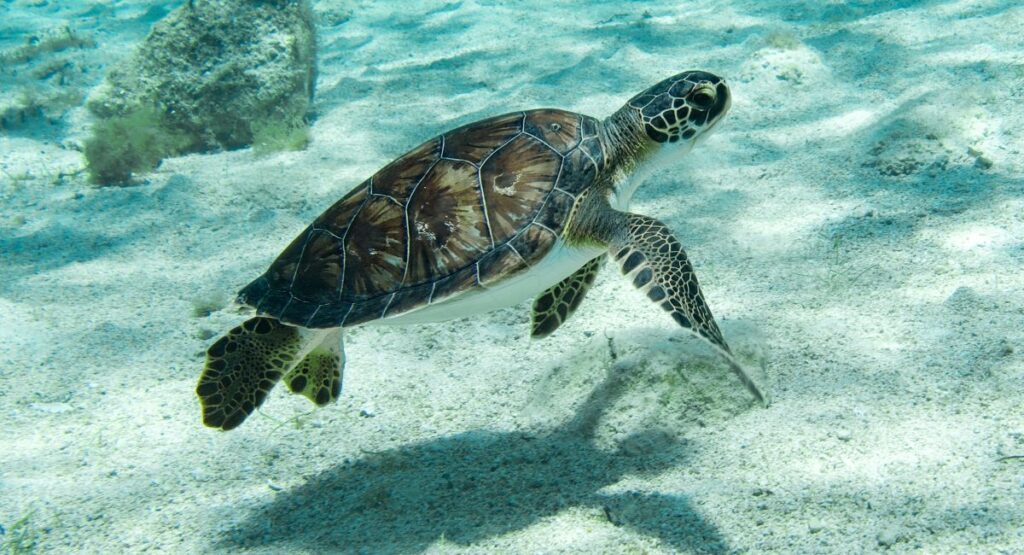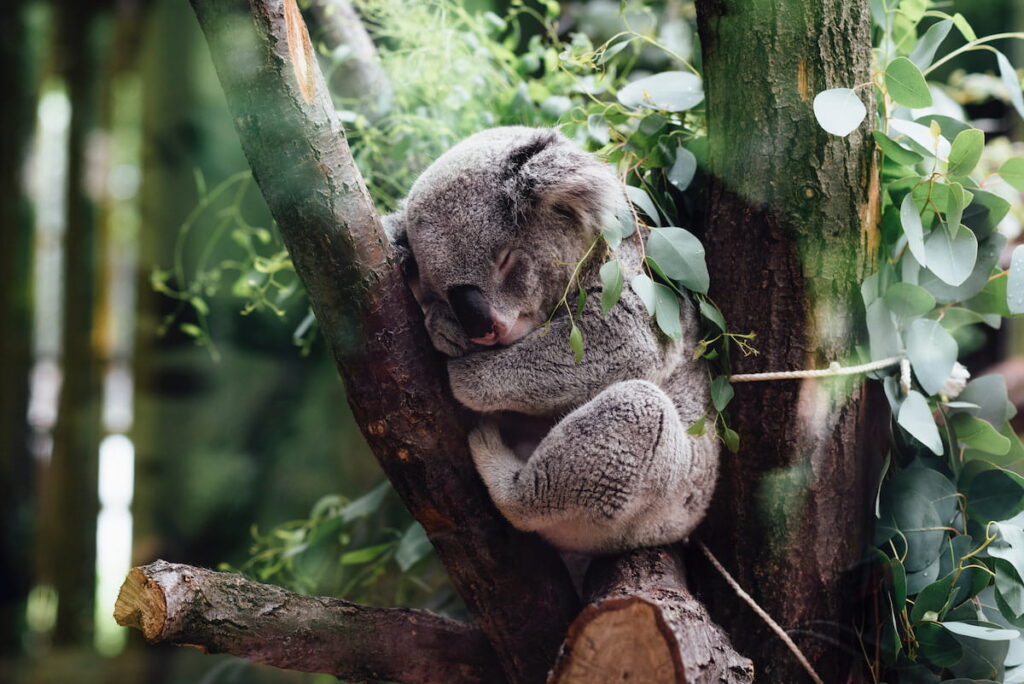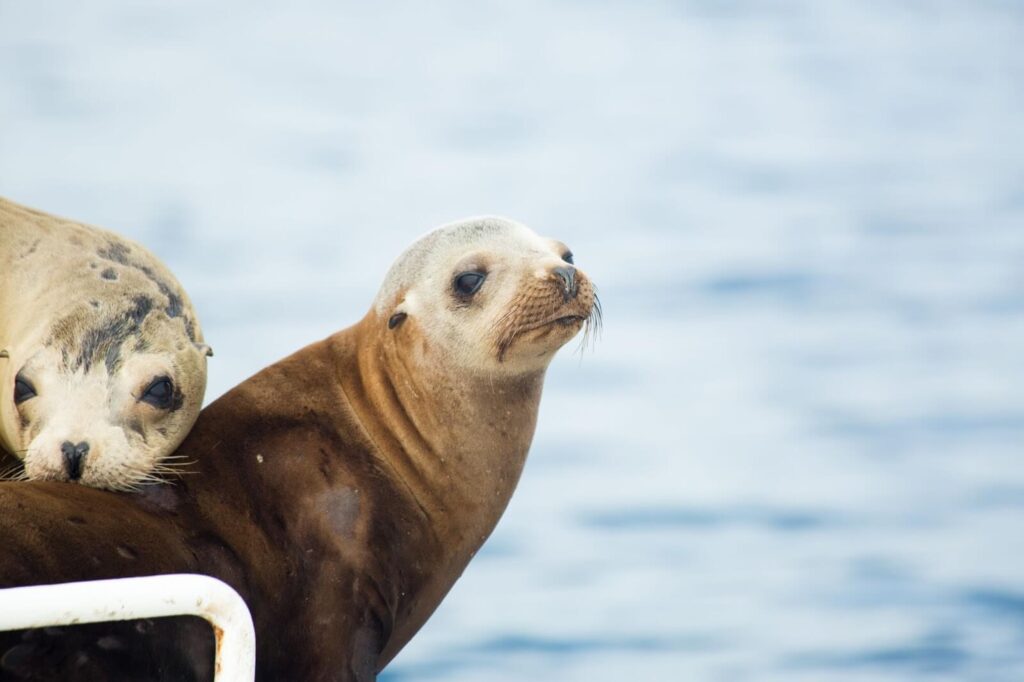Wildlife watching is one of the favorite activities among many visitors to Santa Cruz. The city is home to a variety of animals, including harbor porpoises, island foxes, spot seals, and pelicans. In this post, we’ll look at the wildlife of Santa Cruz and talk about their natural habitat and learn about their ecology and behavior.
Let’s get started!
Harbor Porpoises
Harbor porpoises and dolphins belong to the same toothed-whale family, but they are two separate species. The dorsal fin of a harbor porpoise is triangular, and it has a short, rounded head and beak with spade-shaped teeth.
The harbor porpoise’s dark back and sides contrast with its lighter sides and white underbelly. Females can grow to a maximum of 6 feet in length and 168 pounds in weight. Males average 134 pounds and can grow to be a little over 5 feet long. Both female and male harbor porpoises generally live for around 24 years.
After reaching maturity between the ages of 3 and 4, female harbor porpoises can have multiple pregnancies in a succession. Most calves are born between May and July since their gestation period begins in late spring or early summer and can extend up to 11 months. For the first 8 to 12 months of their lives, harbor porpoise newborns stick close to mom for nursery. Harbor Porpoises would travel a great distance to search for their main food source—schooling fish. It includes capelin, herring, sprat, and will sometimes eat squid and octopus.
Island Foxes
Despite being among the smallest canids worldwide, island foxes are the largest indigenous terrestrial animals on the Channel Islands. They are the only carnivores that can only be found in California. The island fox looks a lot like the gray fox in the way it is marked. They are gray on the back, have rust-colored sides, and are white on the bottom. Their facial appearance makes them easy to spot.
Island foxes grow as tall as 12–13 inches and weigh between 4 and 5 pounds, so their size is like a domestic cat. Island foxes are considerably smaller than their gray fox predecessors, which are native to the mainland. Some of them can live up to 15 years. Island foxes signal their authority or submission through body language and facial expressions. Barking and occasional growling are their means of communication.
Island foxes are active during the day, with their most active times falling around twilight and dawn. This is in contrast to the nocturnal gray fox, which must hunt only at night to avoid predators. The Island fox eats many different kinds of animals and plants, most of which depend on what is available. They mainly eat insects, fruits, rodents, and birds that nest on the ground.
Harbor Seals
Harbor seals in the Pacific have spotted coats that can be silver-gray, black, white, or dark brown. Male harbor seals are a little bigger than females. On average, harbor seals weigh up to 300 pounds and are 5 to 6 feet long. In California, pups are born between February and April and weigh about 20 to 24 pounds.
When pups are born early, they keep their white, fluffy lanugo coats that are usually lost before birth. Newborn pups can swim as soon as they’re born, and when they are tired, they will sometimes ride on the back of their mother. Pups are weaned at about four weeks.
About half of a Pacific harbor seal’s time is spent on land and the other half is spent in the water. They can dive as deep as 1,500 feet for up to 40 minutes, but most dives are shallow and last about 3–7 minutes. They also sleep in the water sometimes.
Harbor seals eat whatever they can get their hands on. They eat sculpin, sole, hake, flounder, squid, cod, octopus, and herring.
Brown Pelican
Brown pelicans weigh about 8 pounds and are about 4 feet long, but their wingspan can be more than 6.5 feet. The six types of brown pelicans look very similar, with only small differences in their breeding plumage. Both sexes look similar, but men are a bit bigger. Brown pelicans have dark and short legs, broad and long wings, a brown and big body, and a huge bill.
These birds have a lifespan of up to 40 years and can dive into the water from 60 feet up. They can hold more than 9 liters of water in their throat pouch. Brown pelicans stay near shore and usually hunt for food within 5 miles of land. When necessary, it may have to go as far as 30 to 40 miles away. They also find food by sitting on the water’s surface and looking for the silver scales of schooling fish in the ocean. Brown pelicans only eat what they find in the ocean because they are carnivores, and anchovies are their favorite.
During their breeding season, 90% of the pelican’s diet consists of the northern anchovy. Generally, they feed on this northern anchovy, the Pacific mackerel, and sardines.
Staying in Santa Cruz
Santa Cruz is a wonderful place to watch wildlife. If you want to get up close and personal with some of these creatures, stay locally, and we recommend choosing vacation rentals over major hotel chains. To begin, check out these Santa Cruz vacation rentals that will put you in the heart of nature and improve your accommodation footprint!
And don’t forget to bring your binoculars!



